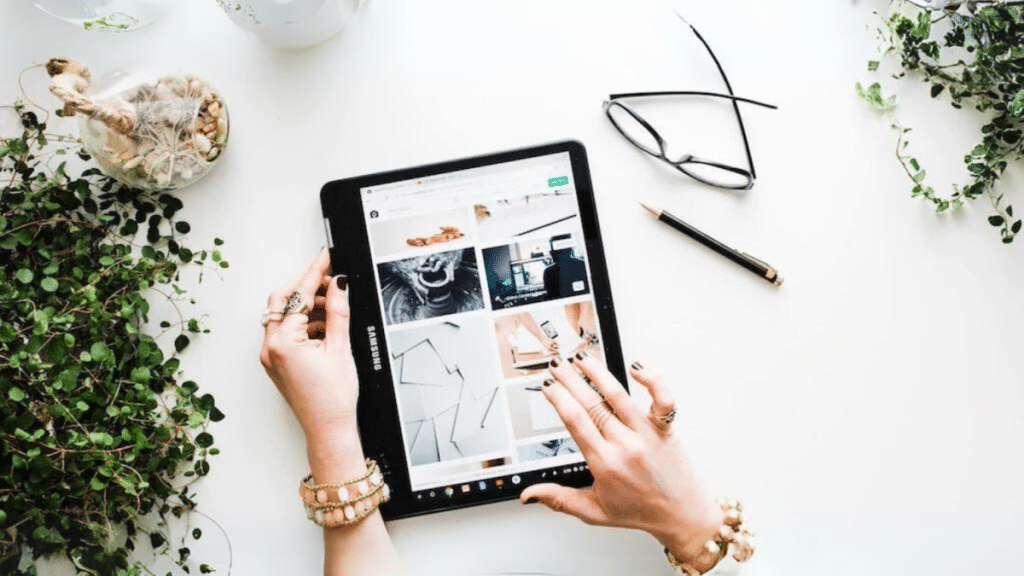It’s truer than ever that “first impressions matter” in the competitive world of web design and e-commerce. Understanding the complex connection between design and human psychology is essential in today’s competitive digital marketplace, where countless websites compete for visitors’ time and money.
MacMillan Design Sites have mastered this field by using design psychology to convert one-time visitors into repeat buyers. In this article, we will explore six essential strategies that take advantage of design psychology to turn visitors into purchasers.
Color psychology and its effects:
Our moods and choices are profoundly influenced by the colors we’re exposed to. In web design, an awareness of color psychology is essential since it can affect how users respond to your brand and its offerings. In contrast to red, which can create feelings of haste and excitement, blue is commonly associated with trust and reliability. If you want visitors to your website to feel a certain way, you should use color theory. With the right color scheme, you can put users at ease and encourage them to make a purchase.
Fonts and readability:
The fonts and readability of your website have a direct effect on user interaction and conversion. The reader may associate a certain feeling or idea with a certain font. For instance, serif fonts are commonly linked with formality and history, whereas sans-serif fonts are seen as more trendy and elegant.
Fonts should be chosen with both brand identity and readability in mind. Readability is also affected by the font size and the amount of space between words. Make sure your information is readable on any device, as this will keep your readers interested and increase your chances of making a sale.
User experience design:
Conversion rates greatly increase with a well-designed user experience (UX). The goal of user experience design is to make a website that users enjoy using from start to finish, including the loading and navigation processes. High bounce rates are sometimes the result of interfaces that are difficult to navigate or otherwise frustrate users.
Putting effort into making your site user-friendly has multiple benefits, including boosting sales and building customer trust in your company. Better conversion rates and more loyal customers are the results of careful attention to the user experience.
Emotional design:
Design psychology emphasizes the need for design that strikes an emotional connection with customers. Create a connection between your brand and the user by utilizing eye-catching design, storytelling, and relatable information. Emotional design makes customers feel valued, which in turn increases the possibility that they will make a purchase. Include features that are meaningful to your target audience and evoke the feelings you hope customers will have when they think of your brand.
Create CTAs that stand out:
The effectiveness of the call-to-action on your website is critical to the success of your conversion strategy. The field of design psychology emphasizes the significance of making attractive and eye-catching call-to-actions (CTAs). To encourage them to take action, you should use phrases like “Buy Now,” “Get Started,” and “Claim Your Discount.” Use color, size, and location to set apart calls to action on your website from the rest of the content.
Social proof:
Reviews, ratings, and testimonies carry a lot of importance in the online world. Promoting trust and credibility involves displaying favorable reviews and ratings from other consumers. Users are more likely to make a purchase if they read positive reviews about the product or service they are considering. Display customer feedback in a prominent location on your website or app to encourage feedback and sales.
